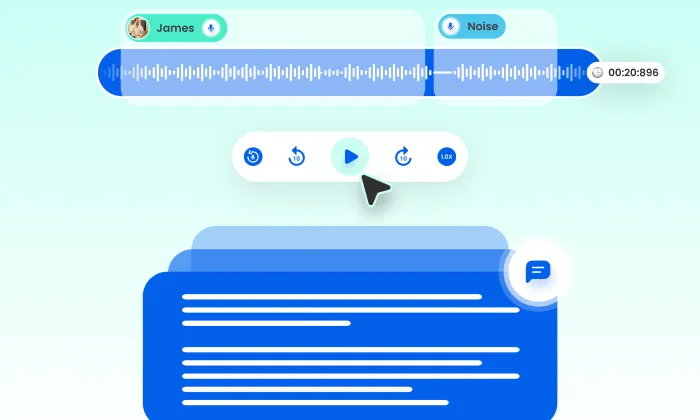Are multi-speaker scenarios included in in-car speech datasets?
Speech Recognition
In-Car Systems
Multi-Speaker
In the world of automotive AI, understanding multi-speaker interactions within vehicles is crucial for developing robust voice recognition technology. In-car speech datasets are foundational for training AI models, especially in scenarios where both drivers and passengers contribute to the audio environment. This discussion delves into the inclusion of multi-speaker scenarios in in-car speech datasets, their importance, and best practices for leveraging them effectively.
Understanding Multi-Speaker Scenarios in Automotive AI
Multi-speaker scenarios involve interactions between multiple individuals within a vehicle, such as drivers and passengers, which often include children. Capturing these interactions in datasets is critical for several reasons:
- Real-World Applications: Real-life driving often involves conversation among multiple speakers. Capturing these dynamics enables AI models to process diverse interactions effectively.
- Speech Variability: Different speakers bring variations in tone, pitch, accent, and speech rate, impacting Automatic Speech Recognition (ASR) system performance.
- Contextual Understanding: Multi-speaker datasets help models recognize commands amidst background chatter and identify emotional tones during interactions.
Significance of Multi-Speaker Data in Automotive AI
The inclusion of multi-speaker data in in-car speech datasets is vital for several key reasons:
- Enhanced Model Performance: Training on diverse speaker profiles improves ASR accuracy. Models learn to differentiate between voices, understand overlapping speech, and maintain recognition in noisy environments.
- Improved User Experience: AI systems capable of handling multi-speaker interactions contribute to a seamless user experience. For instance, a voice assistant that distinguishes between a driver’s command and a passenger’s query enhances user trust.
- Driver Safety Features: Models capable of recognizing urgent commands amidst passenger distractions can significantly enhance driver safety.
Collecting Multi-Speaker Data
Collecting multi-speaker data requires a meticulous process that simulates real-life driving conditions:
- Diverse Acoustic Environments: Recordings occur in urban, highway, and rural settings to capture varied in-car soundscapes.
- Strategic Speaker Roles: Involves both drivers and passengers, including children, ensuring a range of speech patterns and emotional tones.
- Controlled Conditions: Background noise levels, such as engine sounds and music, are varied to ensure comprehensive datasets.
Best Practices for Utilizing Multi-Speaker Data
To maximize the effectiveness of multi-speaker scenarios, consider these best practices:
- Diverse Annotation Strategies: Implement detailed annotation strategies that capture speaker roles, overlapping speech, and emotional states. This granularity enhances model training.
- Quality Over Quantity: Focus on high-quality recordings capturing a wide range of interactions and speech types.
- Continual Learning: Use feedback loops to regularly update datasets, allowing models to adapt to new speech patterns and contexts.
- Benchmarking and Evaluation: Evaluate models using metrics like Word Error Rate (WER) and intent detection accuracy in multi-speaker scenarios to identify areas for improvement.
Real-World Impacts & Use Cases
Multi-speaker in-car speech datasets have significant implications across various automotive applications:
- Luxury Vehicles: A luxury EV brand refines its voice assistant using a dataset rich in multi-speaker interactions, ensuring command recognition from both drivers and passengers.
- Autonomous Taxi Services: An autonomous taxi company integrates multi-speaker datasets to process commands from multiple passengers, enhancing user experience and safety.
- Family-Focused Features: A car brand developing family-friendly features relies on multi-speaker datasets to train models responsive to children's voices and family dynamics during travel.
Your Path to Advanced In-Car Speech AI
Multi-speaker scenarios are a cornerstone of effective in-car speech datasets, empowering AI systems to thrive in real-world driving environments. By prioritizing the collection and utilization of such data, organizations can enhance model performance, improve user experience, and ensure safety.
To fully leverage the potential of in-car speech datasets, consider partnering with FutureBeeAI, a leader in high-quality data collection and annotation tailored to the automotive industry.
For projects requiring nuanced voice recognition technology in automotive settings, FutureBeeAI offers scalable solutions that deliver production-ready datasets in as little as 2-3 weeks.
What Else Do People Ask?
Related AI Articles
Browse Matching Datasets
Acquiring high-quality AI datasets has never been easier!!!
Get in touch with our AI data expert now!








